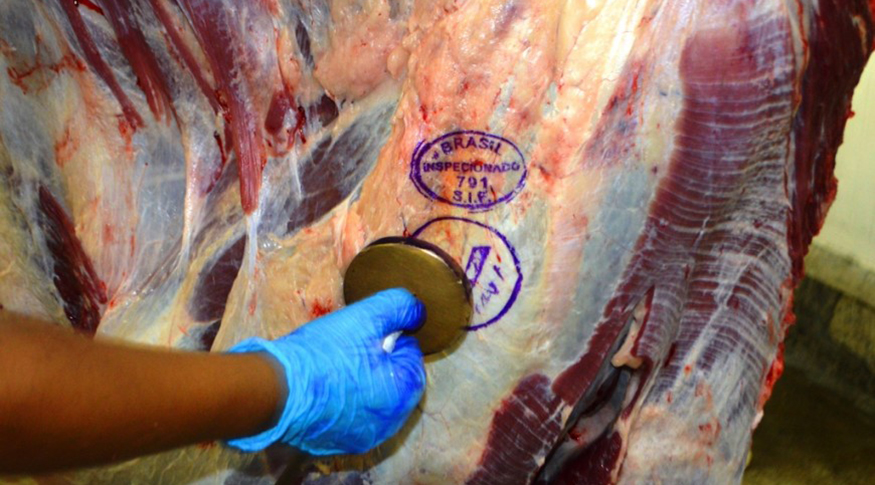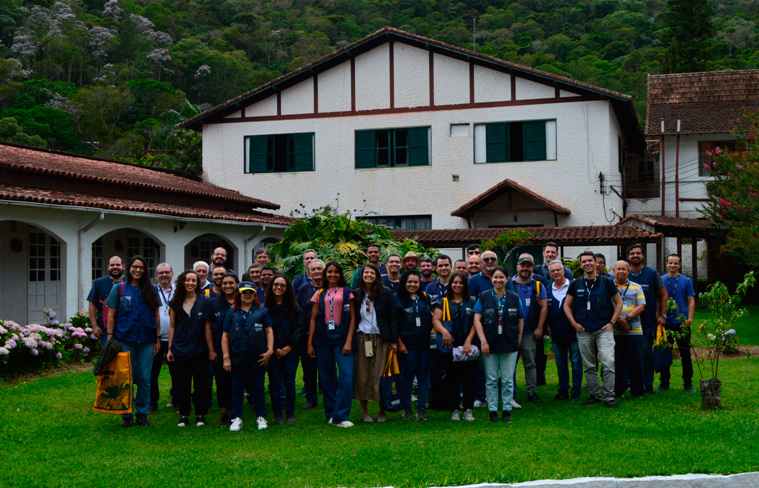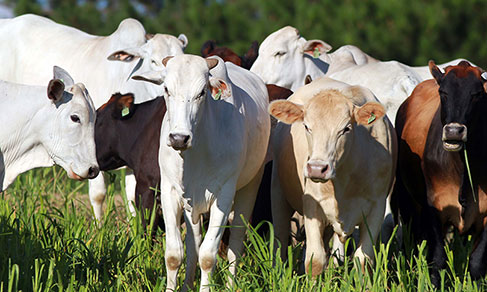IPP
Rising for the tenth time in a row, industrial prices rise 1.23% in November
January 07, 2025 09h00 AM | Last Updated: January 07, 2025 03h14 PM

Industrial prices grew for the tenth time in a row, with a gain of 1.23% in November 2024 over last October. As a result, the Producer Price Index (IPP) accumulates a rise of 7.59% in 12 months, the highest figure since September 2022. On the other hand, the cumulative rate in the year stayed at 7.81%. The monthly rate had been -0.34% in November 2023.
In November 2024, 18 out of 24 industrial activities surveyed registered positive price changes when compared with the previous month, following the index of the overall industry. In October last year, 15 activities had shown higher average prices in relation to September. The data were released today (7) by the IBGE.
"Having recorded the tenth consecutive rise, the IPP´s figure in November steps up the positive index seen in October (0.97%). It is due, to a great extent, to the dynamics of food prices. In the cumulative index in the year, for instance, that sector accounts for 2.93 p.p. out of 7.81% and, in the cumulative indicator in 12 months, for 2.98 p.p. out of 7.59%. Like in the monthly comparison, that was the most influential activity in these cases," highlights Alexandre Brandão, manager of the IPP.
The industrial activities responsible for the biggest influences on the November´s figure were food products (0.53 p.p.), basic metals (0.24 p.p.), mining and quarrying industries (0.09 p.p.) and petroleum refining and biofuels (0.09 p.p.).
In terms of change, basic metals (3.62%), other transportation equipment (2.74%), computer equipment, electronic and optical products (2.56%) and tobacco (2.41%) stood out in November.
The food sector (2.09%) reported a positive change for the eighth month in a row, standing behind only that registered in September (3.60%). The cumulative index in the year is at 11.85%, unlike that reported in November 2023, when the cumulative change hit -3.03%. Concerning the cumulative change in 12 months, the result of 12.12% in November 2024 was the highest one recorded since August 2022 (12.72%). Among 24 activities investigated by the survey, the activity of food products was the one that most influenced the three indicators mentioned.
"The increase in the price of food has many factors. The devaluation of the real, nearly reaching 19% in the cumulative rate in the year and in 12 months, is one of them. There are also climate issues, both internal and external, like the production of coffee in Vietnam, jeopardized throughout the year There is also an upturn in the demand, due to the improvement in the labor market," explains Brandão.
The activity of basic metals (3.62%) showed a positive behavior once again, the tenth positive figure in a row. Between October and November, the change in the prices of that sector was the most intense among those surveyed. In terms of influence, it stayed in the second position (0.24 p.p.) in the three indicators produced. "The group of non-ferrous metals was the one that mostly influenced basic metals. Again, the devaluation of the real is key, though the upturn of the foreign market with the increase in the prices of iron ore and its derivatives, especially the non-ferrous ones like aluminum oxide (due to the shutdown in the production in many parts of the world), are equally key," notes Brandão.
Ranked in the third position of influences in November 2024, the sector of mining and quarrying industries (0.09 p.p.) registered a positive price change this month (1.99%), continuing the positive result recorded in October (7.84%). In the 12-month comparison, the results returned to the positive side (2.09%), after two months of negative figures (-9.22% in September and -6.99% in October).
Under the perspective of the broad economic categories, the change in the prices reported between October and November 2024 impacted on the following way: 1.52% of change in capital goods (BK); 1.39% in intermediate goods (BI); and 0.94% in consumer goods (BC), being 0.15% the change registered in durable consumer goods (BCD) and 1.10%, in semi and non-durable consumer goods (BCND). The intermediate goods (0.76 p.p.) were those that mostly influenced the IPP in November.
Know more about the IPP
The IPP aims at measuring the average change of sale prices received by the domestic producers of goods and services, as well as their evolution over time, signaling the short-term inflationary trends in Brazil. It is a key indicator for the macroeconomic follow up and, consequently, a valuable analytical instrument for decision makers, either public or private.
The survey investigates, in a few more than 2,100 enterprises, the prices received by producers, free from tax, tariffs and freight, defined according to the most usual commercial practices. Nearly 6 thousand prices are collected monthly. The complete IPP are available at on Sidra. The next release of the IPP, related to December 2024, will be on February 4.




















